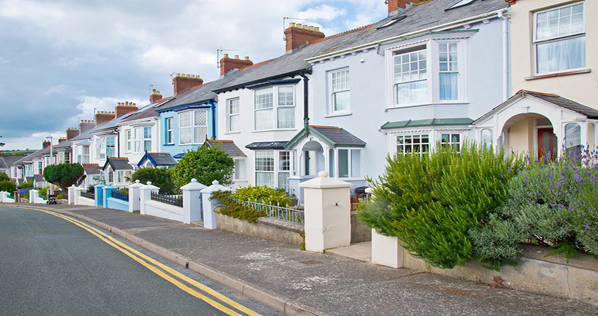
12th June 2020
The worries of COVID – 19 and the Impact it will have on Property Development

Good morning guys, this is a really good topic as it is not something most people think about when they start off investing. Most people starting off investing may have their own home and one BTL property which may have been the home they lived in previously. At that stage investors are looking for the maximum loan to value they can obtain without spending much. That can be between 65-95% leverage. However realistically if we are talking about building a portfolio there are a number of factors which affect the topic of today. Generally, the current loan to value ratio is 60-80% across the country on average. Therefore, you should be putting in 20-40% per property of your own capital. Consequently there are a range of factors to consider because if you understand the factors you can understand how to build portfolios. Let’s go through them…..
Obviously if you have little experience that will tend to move you to only obtaining lower loan to value ratios than the higher loan to value ratios. The first one you invest in you are just maximising your knowledge. Then when you are starting to build your portfolio and you are managing 5 properties, or 10 properties or 50 properties then you need to change methods. If you are at 50 properties and you are taking 80-85% mortgages for each property, you are consequently using massive amounts of leverage with very little equity in the properties. Therefore, realistically they may have large portfolios with a massive price tag but actually the bank owns most of them and there is very little equity. Therefore, as you are building your portfolio you need to reduce your loan to value ratio and get more equity in that property. Remember true wealth is the “Net Asset Value” not the total asset value before mortgages or the number of properties. The reason it is said a 60% leverage is a good balance when building a portfolio is because it allows for all likely shocks across the entire market cycle while providing a continual cash flow positive property and the freedom to dispose of the property when required. Additionally prices are not necessarily going to drop more than 40%. This is assuming that you have bought well and you have not paid above the value. Hence with a 60% loan to value you isolate yourself from most of the shocks in the market.
However, if you are experienced and you know the risk factors and you have taken them into account then it is fine to increase that loan to value to 80-90%. Although, you would be very much controlled by the market conditions and consequently would have very little equity within your portfolio.
If your young you can afford to take a bit more risk so obviously you can borrow more and the higher lower to values are fine. However, if you are getting older and you are 55+ then you need to start considering that if your portfolio averages a 80% loan to value average you may need to consider decreasing that ratio. This just means rather than taking that profit and spending you put it back into the portfolio to decrease that ratio in your favour. You can de-leverage your portfolio in 3 ways. (i) Put your profit back into paying your mortgages (ii) Sit and wait for your capital value to grow (iii) Sell some assets and decrease your mortgages.
Effectively the older you are the lower your loan to value should be and the more equity you should have because if the worst happens you would not have a lot of time to rebuild back up. Hence the older you are the less risk you would want to leverage.
If you have one property, then that is not an issue and you can factor in all the provisions increases in interest rates and drops in prices. If you have 5 properties, then it is a different perspective because if you have a 1% increase in interest rates on that portfolio this could mean a significant increase in your mortgages. Therefore, now you need to increase your thinking of leverages and trying to reduce it from 80% to 60% but you also need to think about if interest rates increase for instance you may want to fix half of your mortgages and leave the other properties on variables.
Therefore, there are a number of factors to deal with when building a portfolio and these are just a few. When you factor these points in you can build a large portfolio safely, securely and not having to worry about interest rates rising and prices dropping and you can hold the portfolio throughout with minimal stress. After all the property investing comes down to one test “the sleep test”. If you cannot go to bed and sleep a full night and wake up feeling refreshed. Perhaps there is something you need to do to change your portfolio. If you can then you are probably building your portfolio at the right pace for you.
Best of Luck!
Leave a comment